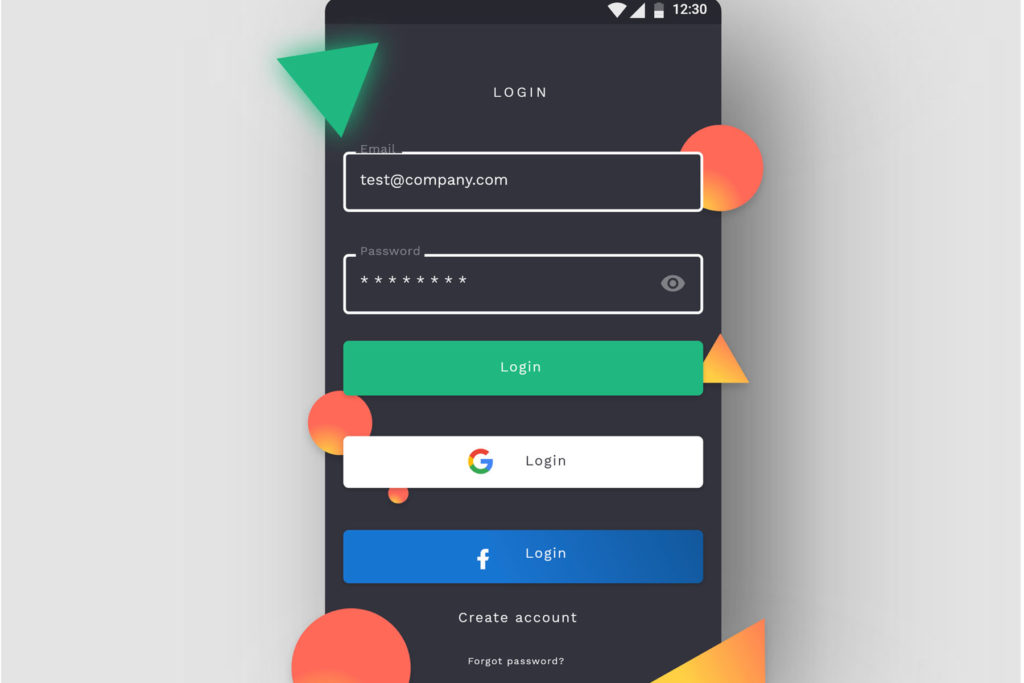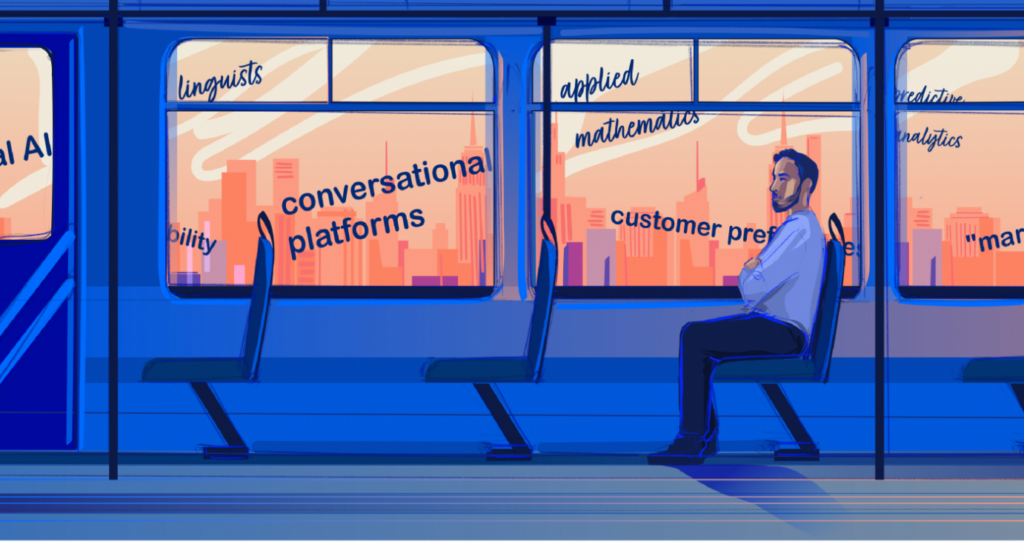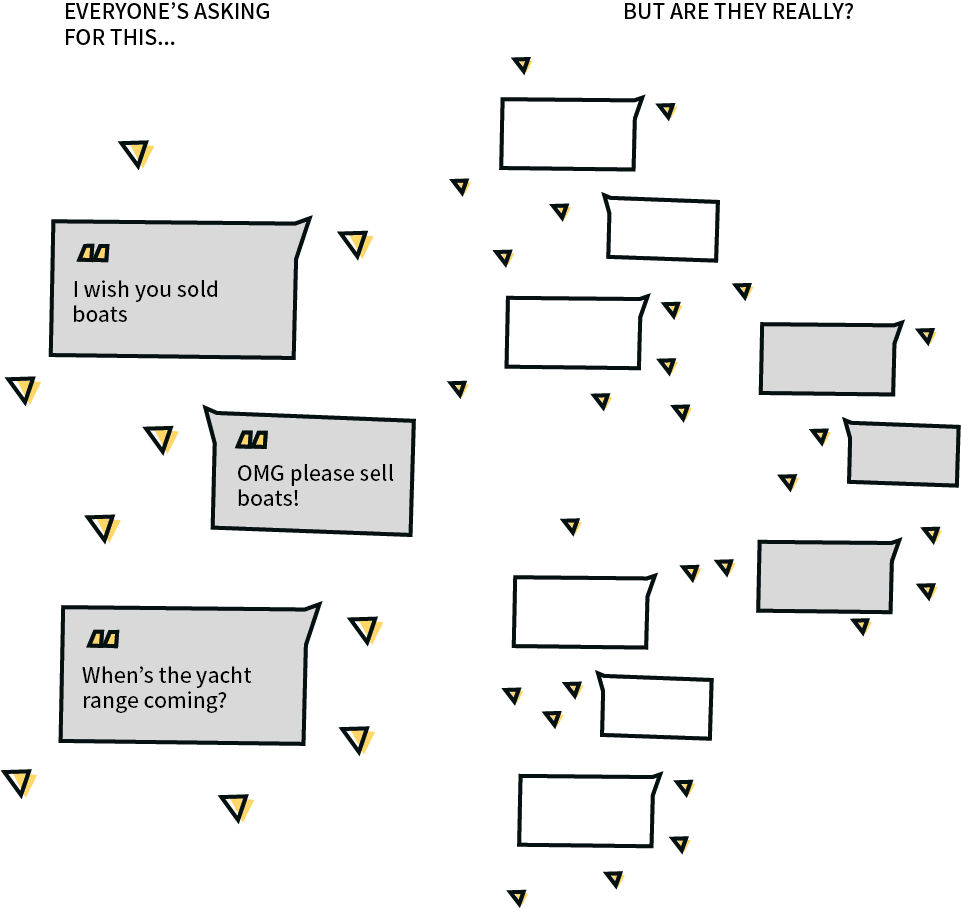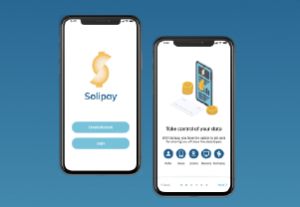- Customer Experience, Design, Design Theory, Enterprise Products, Project Management, Strategy
At its most basic, journey mapping is a compilation of user goals and actions into a timeline. Here we show insightful details that add value to the design process.
Article by Bansi Mehta
User Journey Mapping for Complex Enterprise Systems
Journey maps are meant to demonstrate the holistic user experience. Here are 5 ways that using journey maps can help with organizing complex enterprise systems:
- Drive the organization’s outlook from inside-out to outside-in
- Create a common vision that is followed across the company
- Enable departments to own responsibility of key touchpoints
- Target specific areas of improvement
- Help make sense of problem areas in work processes
Read the full article for more some journey map examples and more information on how they can help simplify complex systems.
Share:User Journey Mapping for Complex Enterprise Systems
Share this link
- June 29, 2021
3 min read







